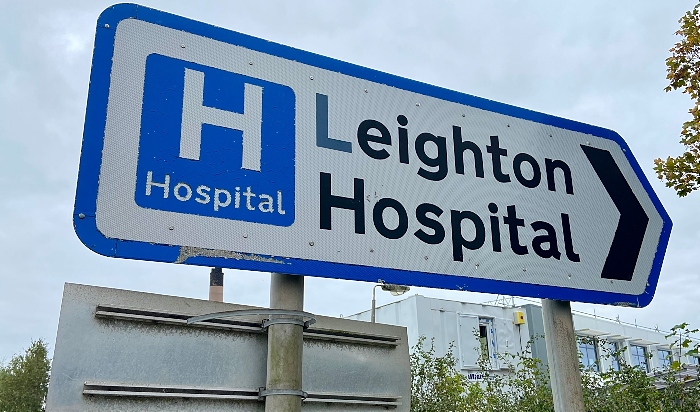
The UK is very precise and stringent in terms of its legislation that dictates requirements to healthcare institutions for hygiene management.
Along with its regulatory framework, the government and its regulatory bodies demand good governance from these organisations.
Regulatory Framework for High-Risk Healthcare Settings
The NHS National Standards of Healthcare Cleanliness 2021 is a charter that provides a standard measuring system for all similar healthcare entities in the UK.
This document includes amendments subsequent to the 2007 National Specifications for Cleanliness in the NHS.
The earlier work was produced by the National Patient Safety Agency. Covid and other infectious conditions are treated separately, with additional resources.
Areas are colour-coded to ensure that the right measures take place in high-risk settings.
For example, isolation is yellow. The frequency of audits also varies from weekly to annually.
Outsourcing
When this function is outsourced to a cleaning company, it must be contracted to abide by compliance standards.
The healthcare industry in the UK has mandated regulations, quality assurance monitoring, and audits by the Care Quality Commission (CQC).
Healthcare institutions need to write all applicable regulations and standards into a contract with their hygiene management service provider.
As an outsourced cleaning company, SMC Premier ensures that its policies and procedures are aligned with those of its clients.
Reporting
Healthcare institutions must provide reports on request from CQC as outlined in Health and Social Care Act 2008 (Regulated Activities) Regulations 2014: Regulation 17.
The report must cover how the organisation conducts its assessments of work and quality, what monitoring structures and procedures they have in place, and what steps can be taken to mitigate any shortcomings.
CQC is permitted to prosecute an institution, without first issuing a Warning Notice, if that organisation does not comply with Regulation 17 or breaches its requirements.
Good Governance in High-Risk Healthcare Settings
Good governance is a critical requirement that all healthcare institutions need to put in place.
There are five pillars on which good governance rests. The first of these is that goals, roles, and responsibilities must be clear.
Secondly, is that participants must have the capacity to carry out their duties.
Specific employees are tied to job profiles that specify what they must do, supervise, or manage.
Staff must be trained to perform the work required of them. This starts with effective hiring mechanisms.
Thirdly, decision-makers are held accountable for their performance.
This involves having predetermined Key Performance Indicators (KPIs) and an effective Performance Management System (PMS).
Next, information must be accurate and transparent. This applies to data on which decision-making is based and to what is reported.
And lastly, role-makers need to specify their contribution to sustainable development goals, specifically SDG3.
Protecting the Health and Well-being of Healthcare Workers
The World Health Organization’s (WHO) Health Worker Safety Charter details the measures necessary to keep healthcare workers in a good state of health so that they can continue to care for patients.
In 2020, as a result of escalating health problems in this group due to nursing patients with covid, the Charter was released.
It specified measures to be taken to promote the health and well-being of nursing staff.
The UK government has a comprehensive and detailed approach to managing hygiene in high-risk healthcare settings.


















Recent Comments